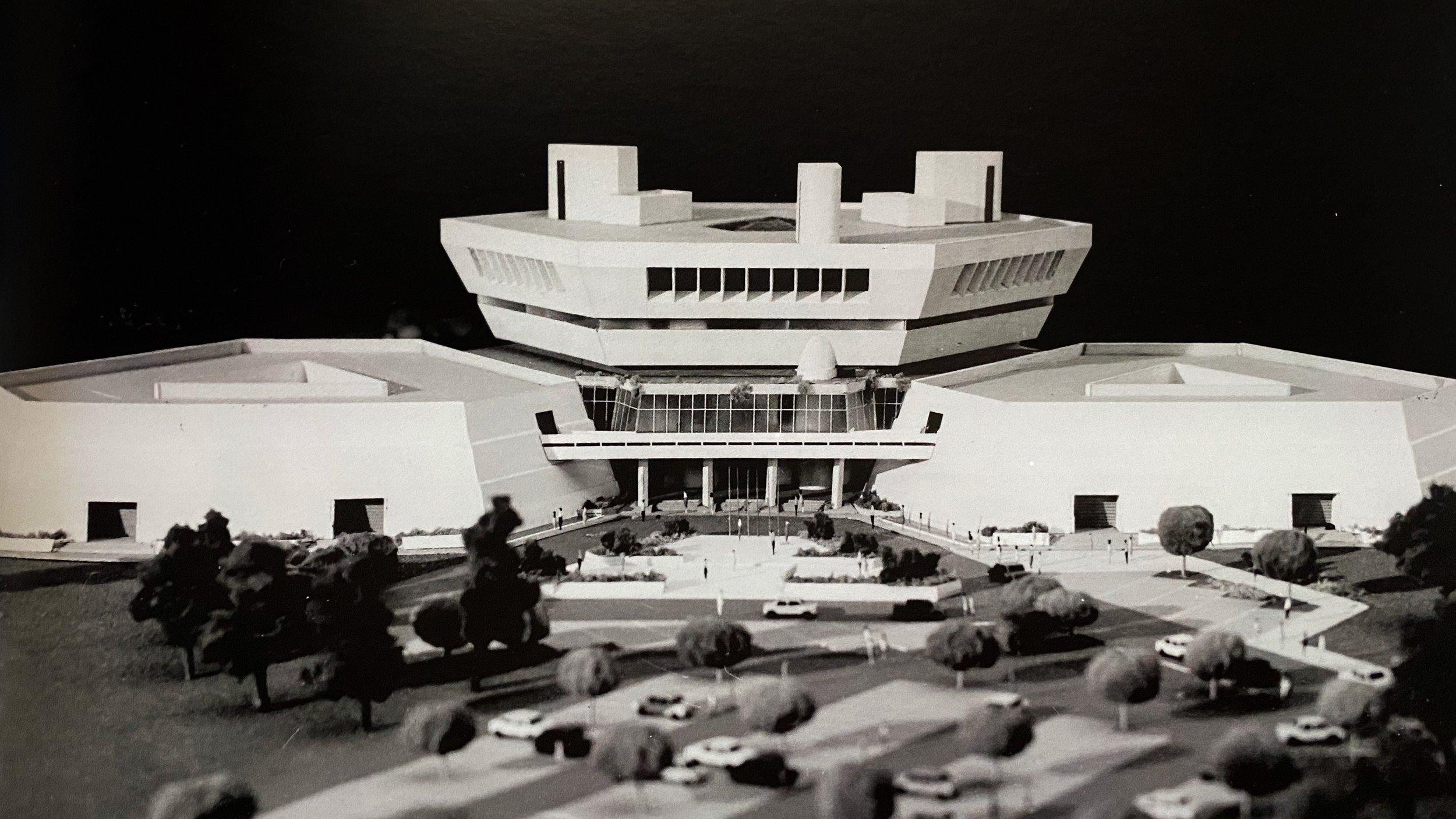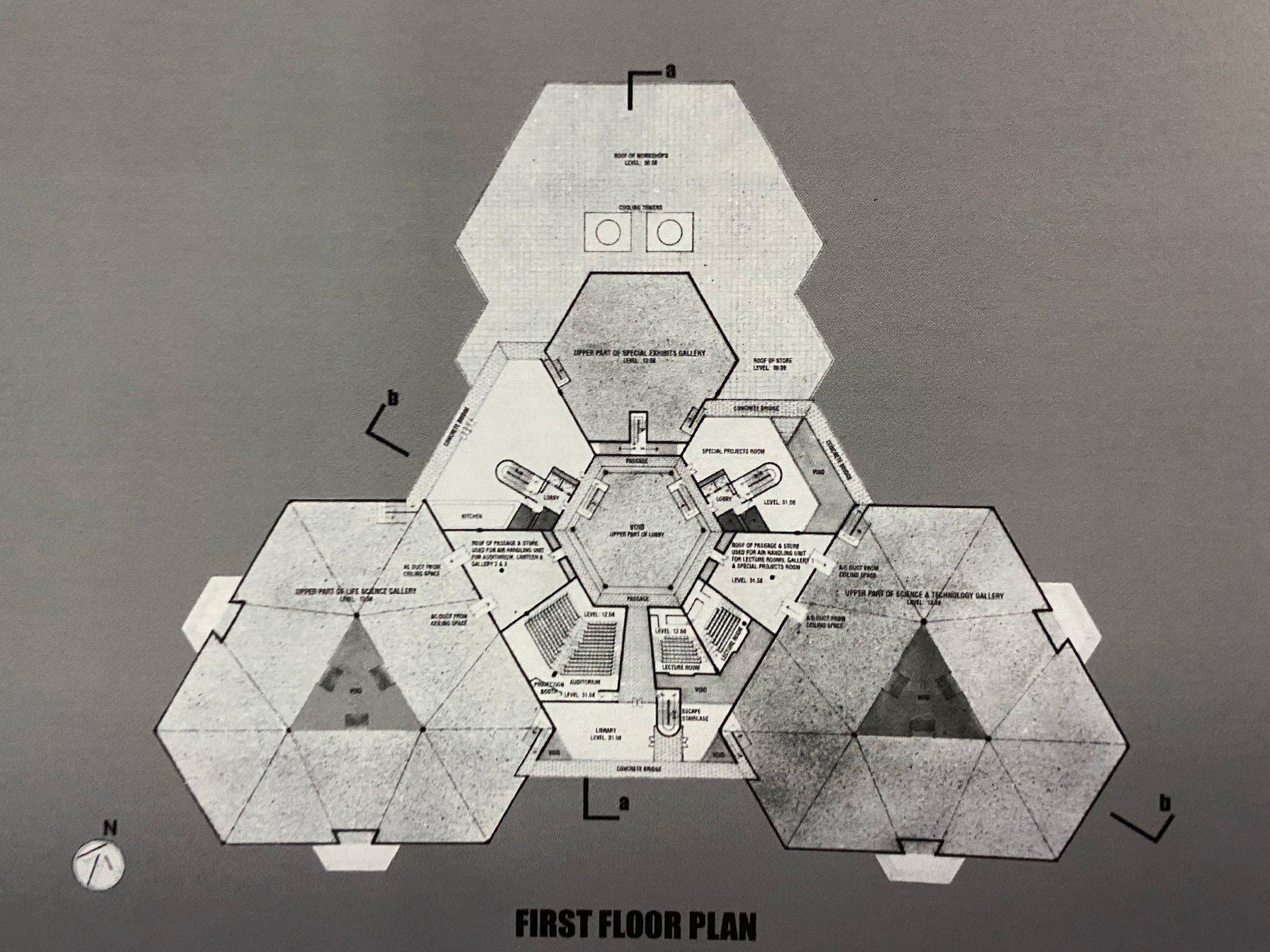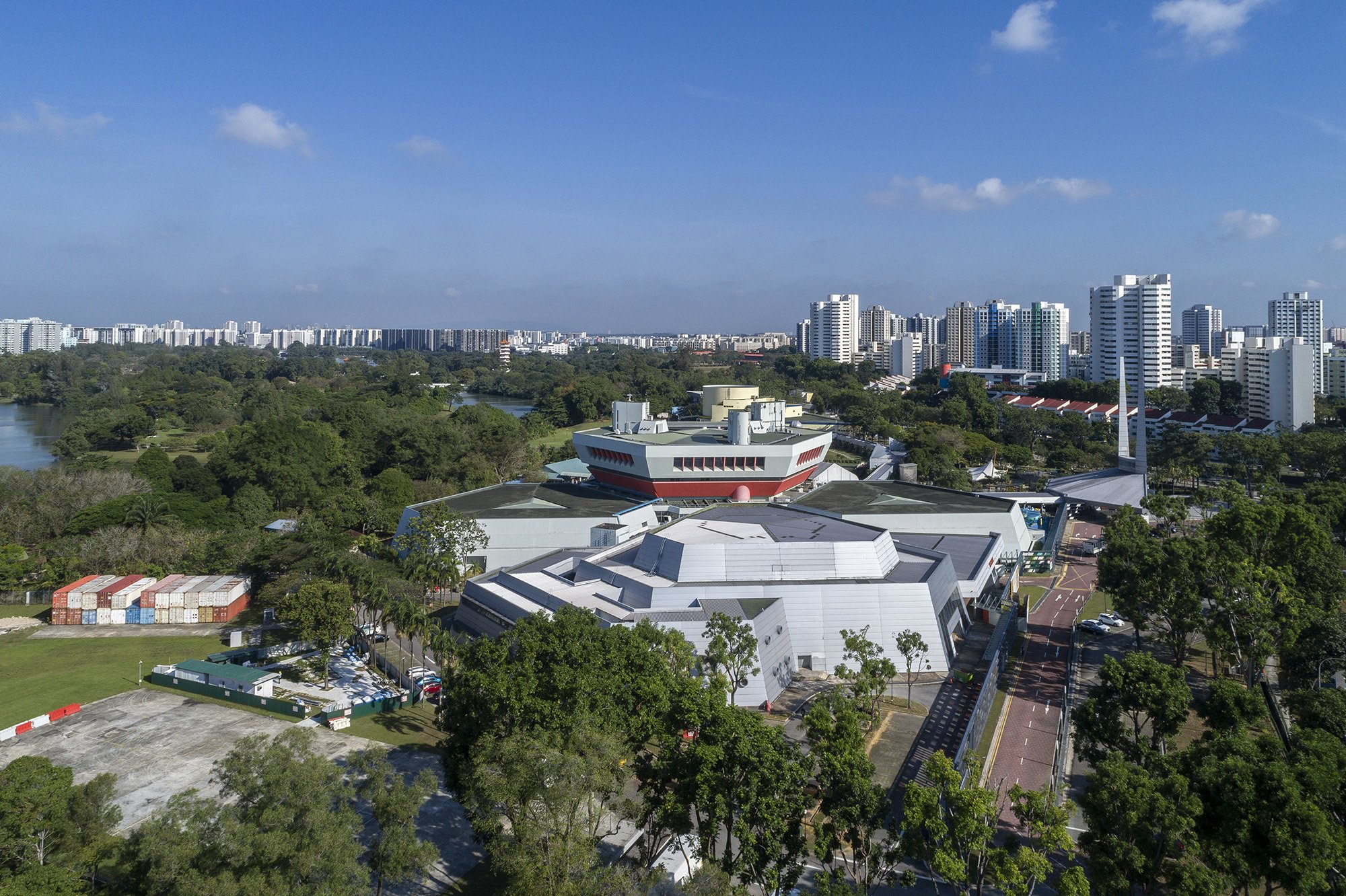Science Centre Singapore
The Science Centre Singapore was Southeast Asia’s first contemporary museum of science and technology¹. It is a tangible legacy of the independent government’s concerted effort to educate the youth in the principles and applications of science and technology amid Singapore’s massive industrialisation programme.
In 1960 when educational and nation-building missions became increasingly important, the government announced a plan to situate a science and technology section within the National Museum. However, it was only in 1968 that the then-newly formed Ministry of Science and Technology established a Science Council that tackled the project. Based on the council’s advice, the government decided to convert the National Museum into an art and historical museum and build a science centre within a new institution located in Jurong². Just like the Victorian natural history museums or the museums of science and industry born from the World’s fair expo celebrating the success of engineering, the rapidly expanding scientific centres springing up all over the world embodied a certain vision of science in its era. Science Centre typology is a new generation of science museums which shifted from collection and research purposes, as well as training for certain communities, to the sole purpose of inspiring and educating the public. Inspired by the success of Exploratorium in San Francisco and other precedents across North America and Europe, Singapore Science Centre presents science with maximum accessibility in mind through self-directed interaction, fun discovery, and hands-on experience.
The building was Raymond Woo’s winning entry against 22 others. The design competition was the young architect’s career breakthrough which kickstarted his independent practice. One will immediately notice the resemblance of architectural forms of the Science Centre Singapore and the neighbouring building from a similar period, the gazetted Jurong Town Hall with its picturesque chamfered edges and solidly anchored massing. Woo was also involved in the design of Jurong Town Hall during his employment in Architects Team 3 and openly said that his prior work influenced the architectural expression of the science centre.
Despite being the architect’s first independent project, the building fulfilled the sought-after exciting expression of a modern science centre while maintaining the sensitivity for future expansion and a reasonable construction cost. Woo summarised the science centre design as follows: “My building was a provocative one at the time, although it was simple and well-planned.”³
A hexagonal central block sits gigantically on top of truncated pyramidal bases, creating a monumental impression of a spaceship settled on earth from the exterior. This block is hollow with a 4-storey high void in the middle. The upper floor rooms in the periphery are connected by a circular corridor bridge that appears in its front facade. The dark interior showcases specially-lit exhibitions. While concrete logic was very apparent in its design, the interior showcases that the structure utilises castellated beams with hexagonal holes that match the geometry of the floor plan. The beams and air-conditioning pipes were exposed so the visitors could observe and learn how a building works.⁴ The exhibitions were complemented by a large workshop and storage area at the back, allowing the institution to develop its own exhibits.
Through the spaces of the Science Centre, a generation of Singaporeans has flourished. Like how science advances, the centre constantly evolves to stay relevant in igniting interest in science and fulfilling tourism demands. A few expansion projects were carried out, most notably the Omni-Theatre in 1987, and the addition of the Annexe building in the early 1998. After operating for more than 50 years, the institution is scheduled to relocate to a new building designed by world-renowned Zaha Hadid Architects in a tie-up with local firm Architects 61 in 2027. Noting its iconic features, the authorities are currently considering the possibility of retaining essential elements of the existing building.
Locations: 15 Science Centre Rd, Singapore
Architects: Raymond Woo Associates
Year: 1977
Status: Not conserved / Threatened
Cover image by Darren Soh
Last modified on 19/10/2023. Description by Annisa Fajriani.





